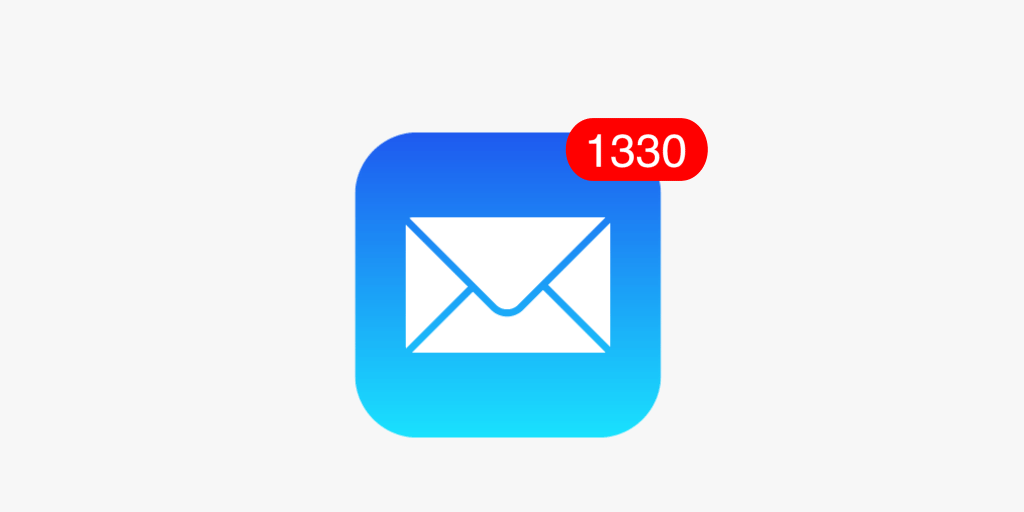
You get in to work after a long weekend and that little number flashes away. 159 unread emails. It’s enough to make you want to turn around and walk out the door again, right? Half of those emails are probably internal—people asking about the status of a project or a whole discussion around a presentation that needs to be done. So how did Jason Dooris, CEO of Australian media agency, Atomic 212, go about getting his team out of their inbox and back to doing what they do best? He cut out internal emails altogether.
For the past four months, the priority for all 75 employees has been to get up out of their seats and go talk to the people who they are working with. Wait a minute, we hear you say? How is any of this documented? How do they keep track of what they need to do? As Jason says, "When you’re looking at an email inbox there are literally hundreds of emails with things for you to do, but they just get lost in the mess.
But it's not just about transitioning to a more transparent and easier way to communicate. Before turning off the internal emails, there was a lack of consideration for life/work balance—after-work emails were starting to become a regular occurrence because colleagues would know that, with modern technology, everyone is always just one notification away.
Here are some of our tips to help you get off to a running start. Try To Do from Microsoft (ex. Wunderlist). Wunderlist is the easiest way to get stuff done. Whether you’re planning a holiday, sharing a shopping list with a partner, or managing multiple work projects, Wunderlist is here to help you tick off all your personal and professional to-dos.
Create your lists and stick to them
It’s easy to create 100 lists and then suddenly you have the same issue as you did with email—everything gets lost. Create clearly labeled lists for departments or projects and make sure everyone knows which list they should be working on.
Break down your to-dos
To be sure each colleague knows what they have to do in a project make sure you really break down the tasks and assign them to the person responsible for that small section.
Use Comments, Mentions & Tags
Not all to-dos can be checked off quickly, some involve a lot of discussion and wrangling. Use Comments to update people on what’s happening with a particular part of the project. Want someone’s input? Use @ and their name in order to alert them to the ongoing discussion. You can also use tags to give people a quick overview of where each to-do is at. e.g. #waiting #in-progress #review.
Upload Files
Got a designer working on a piece of creative? Then you can upload the brief to the relevant to-do and they’ll have everything they need to get started at their fingertips. Once they’ve finished they can upload their design and re-assign or use comments in the to-do in order to get feedback.
Use Smart Lists
If you’re working across a number of lists in your team then make sure your to-dos are assigned to you. With the Assigned To Me list you can then see all the to-dos you have to do. Have a lot? Hit your Today List or Week List to drill down to what you have to do that day or that week.
Make the most of Slack
If like Atomic 212, you use Slack to discuss projects with colleagues who are a bit further afield then you’ll want to make use of our integration. Once you've connected the relevant list to each channel, whenever someone checks off or comments on a to-do, you can see it straight in your Slack channel. There are a few other tips & tricks so check out our blog post here.
The only learning curve that Jason’s team had? Simply getting used to a new way of working. Since then they haven’t looked back. As Jason says, "we all noticed a positive change in the attitude and culture of the office". Would you ever be tempted to get rid of internal emails? Have you already? Tell us your story, we’d love to hear it in the comments below.
Your thoughts (Hakan Ildiri)
It is indeed a very good initiative with an effective result! However, this may be easier to guess, but it is still too early for such a tool in most traditional-type businesses...GenX-type bosses are still in the business and they would never use Wunderlist, lacking dedication (or resistance) to change...I wish my team/colleagues/boss, would all use Wunderlist, but nope...People were barely got used to emails and communicators (Lync, Sametime, etc..). It will for sure take some time for Wunderlist (and/or related products) to influence the business world more effectively. I just wish for this to take place quicker than I expected!...or, in other words, as soon as GenY-type of managers/bosses take place... :)
NOTE: I you would like to PROMOTE the link in this article, please let me know.
If you liked this article, please like DM Spot FB page, Twitter, or LinkedIn and be notified when a new article is published.






